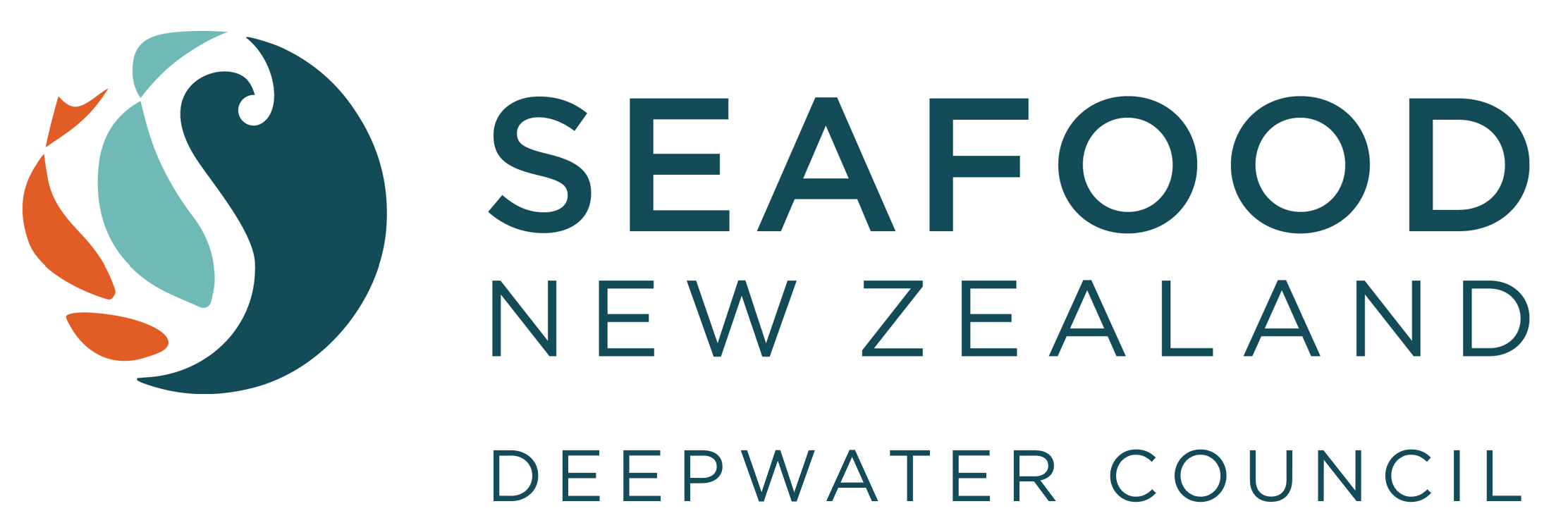October round of fisheries decisions
Press release 11 September 2020 New Zealand Government
Hon Stuart Nash - Minister of Fisheries
Catch limits will be increased for 26 fisheries and reduced for three fisheries as part of a regular round of reviews designed to ensure ongoing sustainability of fisheries resources.
Fisheries Minister Stuart Nash has announced decisions following a review of catch limits and management controls for 29 fish stocks. The annual sustainability review involved public consultation in June. Decisions apply to the 2020/21 fishing year starting 1 October.
“The decisions reflect the need to ensure sustainability of our fisheries” said Mr Nash.
“The increased catches for some popular species will bring economic benefits for those who depend on fishing for their livelihoods, as well as opportunities for customary and recreational fishing. The reduced catches for other fisheries demonstrate we will act to protect iconic species.
“Catch limits for most of the stocks will increase, a reflection that fish populations are increasing in abundance and more fish can be sustainably harvested. Increased stocks include:
- Snapper in the Nelson/Tasman fishery
- Kingfish off the entire West Coast; and off the East Coast, south of East Cape (excluding Chatham Islands)
- Orange roughy on the Chatham Rise
- Stargazer (monkfish) off the South Island West Coast (Challenger)
- Gurnard off the South Island East Coast
- Silver warehou in the Chatham Rise, Southland, and sub-Antarctic fisheries
- Gemfish in the Auckland and Central East fisheries
Catch limits for three stocks have been reduced because of concerns about their sustainability. These include:
- Blue cod off Southland
- Frostfish off the Chatham Rise and South East Coast; and a separate Frostfish stock off the West Coast
“The 18 per cent increase in the commercial catch for Orange roughy reflects updated science and stock assessments. An estimated $15.2 million gain in export earnings is expected as a result of the 1,195 tonne increase in catch.
“My decision to increase the commercial catch limit for snapper in the Nelson/Tasman fishery by 100 tonnes, or 18 per cent, is supported by recent information that says the fishery is doing well, and more fish can be sustainably harvested.
“Officials will continue to closely monitor the Top of the South snapper fishery through independent trawl surveys and regular stock assessments to ensure settings are appropriate. If evidence suggests the stock is declining, further action will be taken.
“But there are fisheries where more needs to be done. Where a stock is below expected levels then I will act to protect it, and that is the case with blue cod in the deep south.
“Public consultation showed ongoing concerns from many people about the current state of the Southland blue cod fishery. The science also shows a decline. The total allowable catch will be reduced by 527 tonnes.
“Blue cod is a very popular fish but this popularity has led to concerns of overfishing. Some steps have already been taken to address concerns through the National Blue Cod Strategy. These catch reductions will further support the rebuild of this iconic species.
“In addition to these catch limit changes, I am making some adjustments to deemed value rates. These rates help incentivise commercial fishers to ensure their catch remains within the limits we set each year.
“The science is telling us that overall, New Zealand’s fisheries are in good shape, but there will always be room for improvement. It is also important that we actively monitor and respond to any changes we see in fish abundance and the sustainability round provides for this.
“I considered 29 stocks overall and made decisions based on the best available science and information. Officials consulted tangata whenua, commercial operators, recreational fishing interests, environmental groups, and the public.
“Sustainable use is at the heart of fisheries management. It is based on the best available scientific information along with feedback from the community. It’s about making sure there are enough fish in the water for current and future generations to enjoy.
“The Quota Management System provides a framework that is flexible and responsive to change. Where a stock is below expected levels then I will act to protect it.
For more detailed information on the changes, including the Decision Document that informed these changes, visit the Fisheries New Zealand website:
